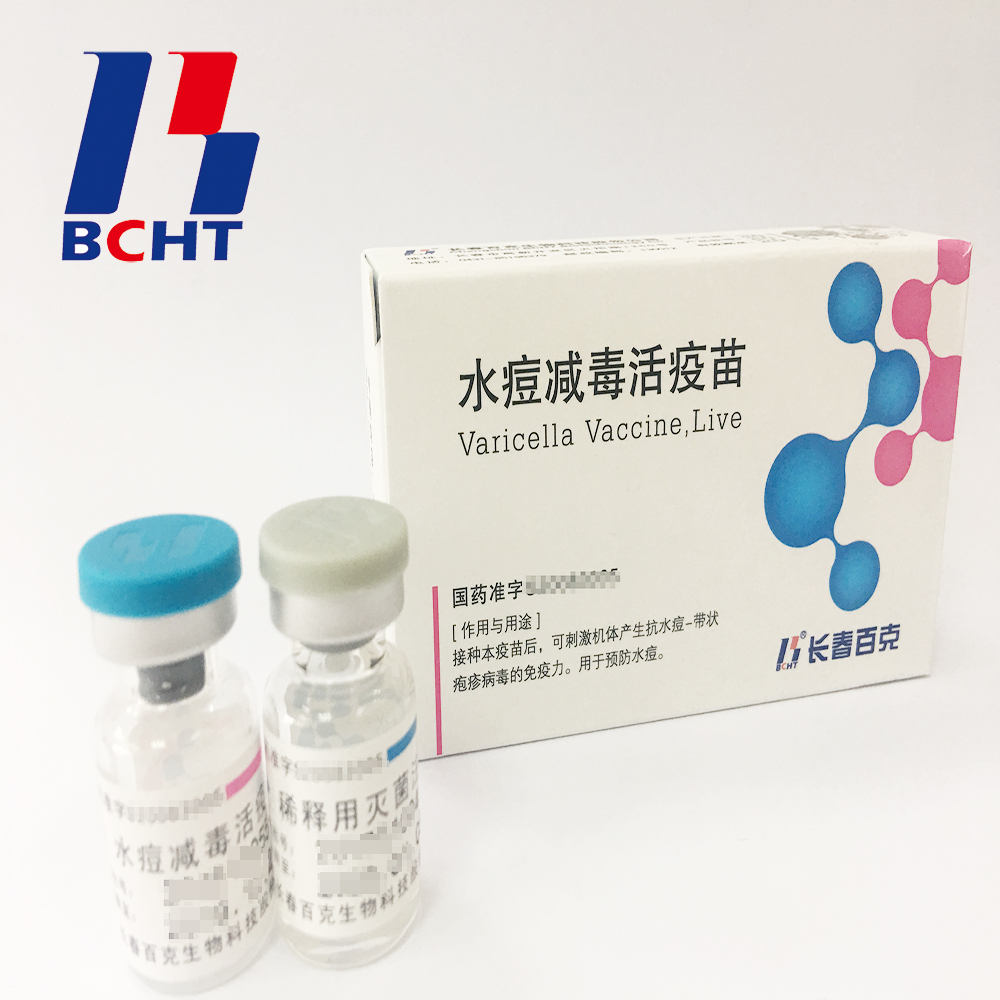First, the requirements of the environment
Growth and development are suitable for temperature 18 to 26 degrees Celsius during the day, 12 to 15 degrees Celsius at night, less than 14 degrees Celsius during the day, or above 40 degrees Celsius, growth is completely stagnant; seed germination temperature 25-30 degrees Celsius, less than 13 degrees Celsius does not germinate, 20 degrees Celsius Good for female flower differentiation; flowering fruit setting optimum temperature 22-25 degrees Celsius, less than 15 degrees Celsius poor pollination, root growth optimum temperature 22-25 degrees Celsius; need moist soil conditions, especially the water requirement during the expansion period, suitable for relatively dry Air conditions, relative humidity of 45% -55% is appropriate. 10-12 hours of sunshine is good for melons. Nitrogen, phosphorus, potassium and trace elements are required for application. The absorption ratio is 1:0.4:0.75. If nitrogen fertilizer is too much, it can easily lead to leggy, resulting in falling flowers, fruit drop and disease spread.
Second, planted cornices:
Early Spring Greenhouse: Nursery in mid-January, planting in mid- and late-February, harvesting from April to July;
Spring shed: Nursery in mid-February, planting in late March, harvesting from mid-May to July.
Autumn and winter greenhouses: Seedlings from late August to early September, planted from late September to early October, and harvested from mid-November to January;
Overwintering greenhouses: Nursery in early October, planting in early November, harvesting from New Year's day to May;
Third, select the fine varieties:
Yellow skin type, green skin type, yellow flying saucer type.
Fourth, nurturing strong seedlings:
Use 1010 nutrient pods or 50-hole plug seedlings, sowing before sowing for 1 day, soaking in water at 30 degrees Celsius for 4-6 hours, then immersing in 10% trisodium phosphate for 20 minutes to prevent virus disease. Remove and rinse with clean water and then germinate at 25 degrees Celsius for 2-4 days. When the shoot length is 0.5 centimeters, sow. The nutrient pod is 50% of peat nutrient soil plus 40% of clean garden soil, plus 10% of decomposed organic fertilizer as matrix. The dish is based on peat and silica. Seedling light does not exceed 11 hours per day. Temperature management adopts the method of high ground temperature (around 22 degrees Celsius) and low temperature (20-25 degrees Celsius during the day and 10-13 degrees Celsius at night), and the three leaves can be planted as one heart.
Fifth, fertilization and colonization:
More than 3,000 kg of rotten organic fertilizer was applied per acre, and 2/3 of the organic fertilizer was thrown in before the arable land, and 1/3 was applied to the bottom of the medlar before the hoeing. It is made up of 20 centimeters high above the ground and has a width of 1 meter. It consists of 40 centimeters, 25 centimeters, and 35 centimeters. Each row is planted with 1 row, and the spacing is 50 centimeters. About 1300 trees per mu. To cover the film, it is best to apply drip irrigation facilities.
Sixth, field management:
In the early stage, we must establish a high-yield shelf. The main direction of management from 20 to 25 days before planting and fruiting is to promote roots, control weeds, and prevent madness. We must use weeding and weed control to regulate temperature. After the young cucumbers sat, they began to top-dressing, applying “100%†of active organic fertilizer and 5 kg of potassium fertilizer per acre, and then top-dressing once every 15 days. Each application of “a special†vegetable special fertilizer was 20 kg. -Watering once in 10 days. It must be carried out in the sunny morning. After pouring, strengthen ventilation and reduce humidity. After the roots were harvested, the plants were lifted with ropes to make them grow upward. After the middle period, yellow leaves, old leaves and diseased leaves were removed in time, and lateral buds, male flowers and tendrils were removed. Sunny days are pollinated from 7 to 10 o'clock in the morning, and “Shen Nong II†is used on the rainy days to promote sitting.
Seven, timely harvest:
About 7 days after flowering, the melon grows about 20 centimeters in length and 3-4 centimeters in diameter. Can't collect too late.
1.Good safety of gelatin-free.The first lyophilized Varicella Vaccine, containing no gelatin from animals, invented and produced in China. Getting rid of gelatin from varicella vaccine can significantly decrease the ratio of anaphylaxis incidence .
2.Long validity period by good stability. The first approved varicella vaccine with 36 months of validity period in the world. Adopting BH-2 stabilizer with own IP rights (Chinese patent granted No.: ZL200910138411.6, International patent application No.: PCT/CN2009/001405) greatly enhances the stability of the product and ensures the validity period for 36 months under the storage condition.
3.Better protection with high titer and immune eff icacy. It`s documented that compared with the varicella vaccine of low titer, high titer vaccine can reduce breakthrough cases by nearly 75% in vaccination. Of all released batches of Varicella Vaccine from BCHT, the titers are not less than 10000 PFU/dose tested by National Institutes for Food and Drug Control.
icacy. It`s documented that compared with the varicella vaccine of low titer, high titer vaccine can reduce breakthrough cases by nearly 75% in vaccination. Of all released batches of Varicella Vaccine from BCHT, the titers are not less than 10000 PFU/dose tested by National Institutes for Food and Drug Control.
Varicella Vaccine(Live)
Live Bioproducts Pharmaceutical,Live High Potency Medicine,Live Preventive Pharmaceutical,Varicella Biopharmaceutical Live
Changchun BCHT Biotechnology Co.,Ltd , https://www.ccbcht.net